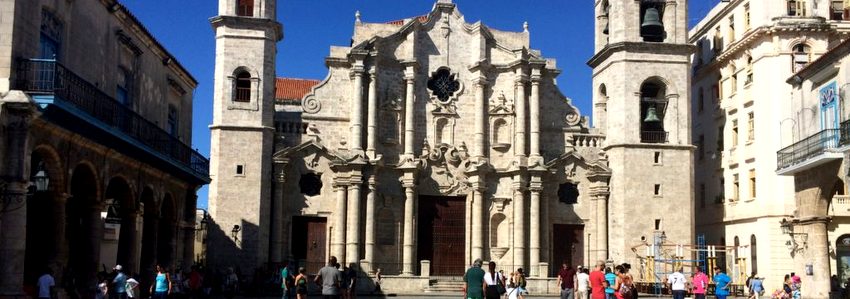The official Cuban currency is known as the CUP, or Cuban Peso. It is also referred to as “moneda nacional” (“national money”).
The official exchange rate was pegged at 24 CUP to $1 USD as of March, 2022. However, due to a growing informal or “black market” exchange that provided a much better rate, the Cuban government changed course August 4, 2022 and set the foreign currency exchange rate for USD at 120 CUP per dollar.
Currently you can get this rate at banks and/or the Cadeca Exchange Bureaus. An 8% conversion fee for USD is applied, meaning that you’ll get about 110 CUP to the USD. Other currencies, such as the Euro or Mexican Peso, Canadian dollar, etc., have a 2% conversion fee.
This determines the amount you will get at the bank or any official exchange bureau and rates are consistent at all banks and exchange bureaus in Cuba.
US dollars (USD) are very popular in Cuba and can be used for many small purchases and tipping. Euros are also widely accepted and generally preferred. Based on this, we recommend bringing either currency in small denominations like €5, €10, €20 or coins for Euros, and small bills (think $1) for USD. Make sure bills are intact, unmarked, and not torn. It’s best to go to the bank to obtain fresh bills before you travel.
Prices at shops and restaurants are usually posted in CUPs, even though Euros and USD are often happily accepted. However, to ensure you get the same price as locals, it’s helpful to have a few CUPs with you to avoid having to negotiate an exchange rate with a merchant when making small purchases like souvenirs or drinks. That said, it never hurts to ask “What is your exchange rate for USD or EUR?” and see what the merchant says.


